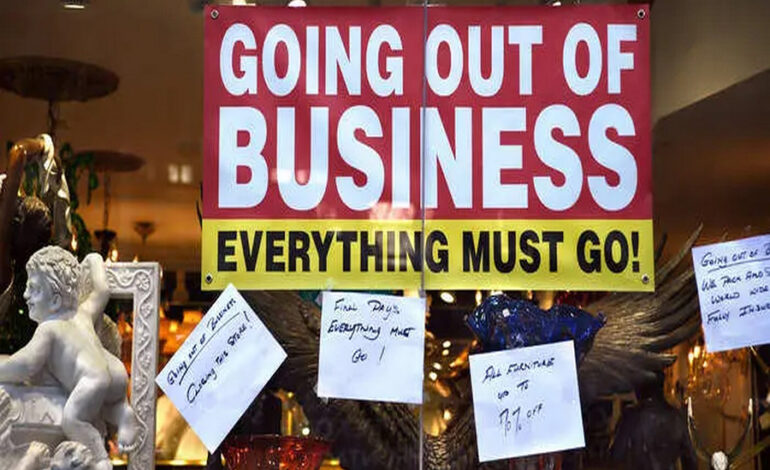Understanding the Credit Card Crisis: Impact on Millennials and Gen Zers

The credit card crisis in America has hit millennials and Gen Zers particularly hard, with escalating debt burdens and declining credit scores raising concerns about long-term financial well-being.
Rising Debt Levels
Data from Intuit Credit Karma reveals a worrying trend: since the Federal Reserve Bank began raising interest rates in 2022, the credit card debt of millennials and Gen Zers has surged. Among millennials, aged 27 to 41, the average credit card balance has soared by 62%, reaching $3,300 from $2,000 in March 2022. Meanwhile, Gen Zers, aged 18 to 26, have seen their average credit card debt increase by 50%, more than doubling from $4,500 to $6,700 during the same period.
Impact on Financial Milestones
Rich Franks, head of Lightbox at Intuit Credit Karma, emphasizes the potential consequences of this mounting debt burden. He warns that individuals struggling to manage credit could face challenges in securing other loan products, such as auto loans or mortgages, hindering their ability to achieve key financial milestones like homeownership. Moreover, the credit extended to these consumers is likely to carry higher interest rates, making it harder for younger individuals to accumulate wealth.
Declining Credit Scores
The surge in credit card debt has coincided with a concerning trend of declining credit scores among millennials and Gen Zers. In February, over one in three individuals from these demographic groups had subprime credit scores, falling below 600. Since March 2022, the proportion of millennials with subprime scores has grown from 28% to 34%, while for Gen Zers, it has increased from 25% to 33%.
Usage Patterns and Payment Behavior
One contributing factor to the crisis is the frequent use of credit cards among younger Americans. A study commissioned by Forbes Advisor found that 36% of millennials and 30% of Gen Zers reported using a credit card at least once a day, significantly higher than other generations. Moreover, millennials topped the list in terms of missed credit card payments, with 34% admitting to missing a payment in the previous 12 months, compared to the overall rate of 22%.
Future Outlook and Concerns
There are growing apprehensions that the Federal Reserve may delay interest rate cuts, prolonging the cycle of escalating credit card debt and declining credit scores among young Americans. Should this trend persist, it could have far-reaching implications for both individual financial stability and the broader economy.
Seeking Financial Assistance
Amidst these challenges, Franks emphasizes the importance of seeking financial guidance and understanding one’s financial standing. Whether through certified professionals, online apps, or self-directed methods, gaining clarity on financial circumstances is crucial for devising effective strategies to manage debt and work towards long-term financial goals.
In conclusion, the credit card crisis facing millennials and Gen Zers underscores the need for proactive measures to address debt burdens and promote financial literacy. By empowering individuals with the knowledge and resources to navigate their financial challenges, it is possible to mitigate the impact of the crisis and pave the way towards a more secure financial future.









